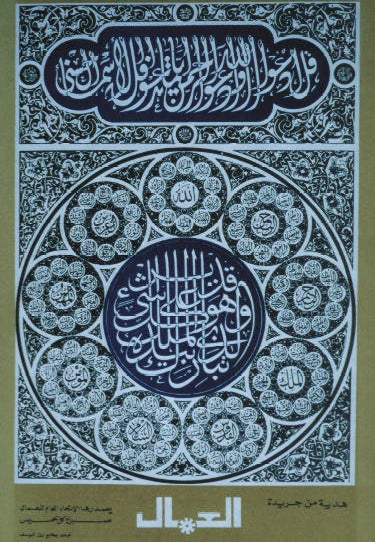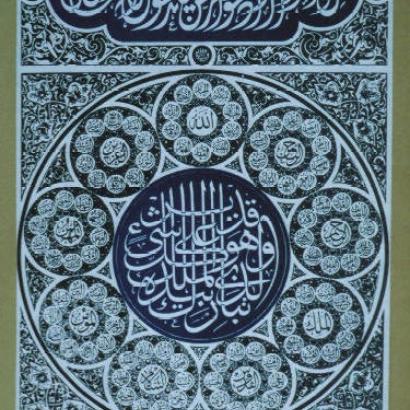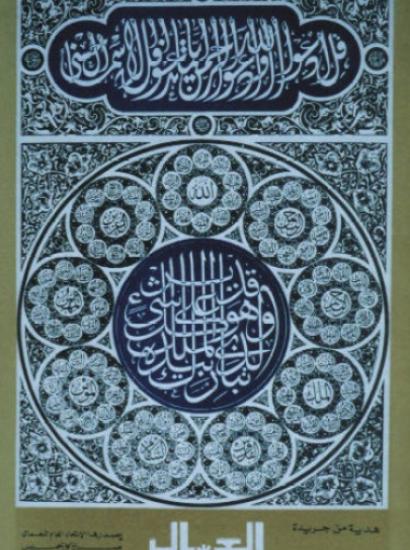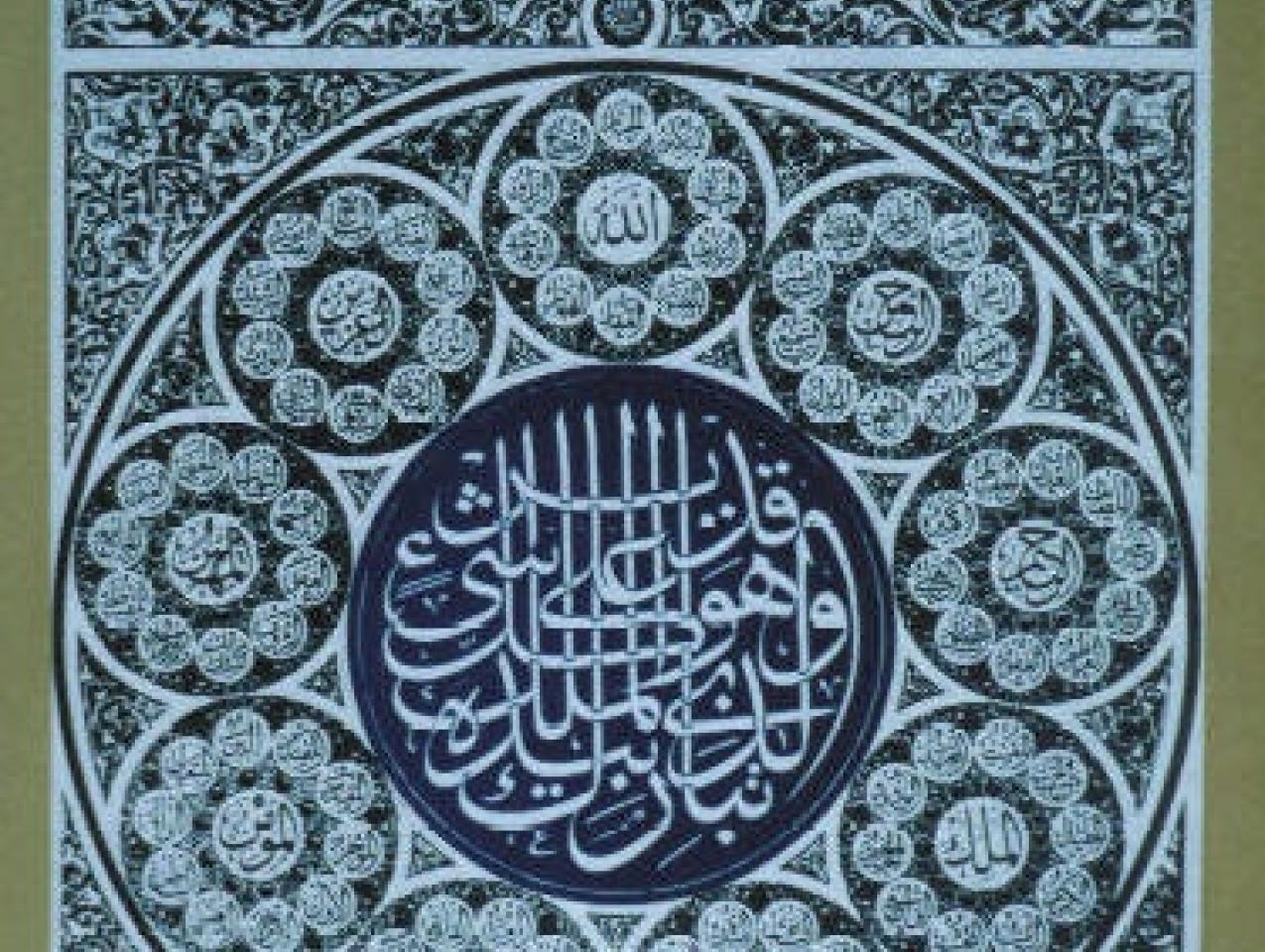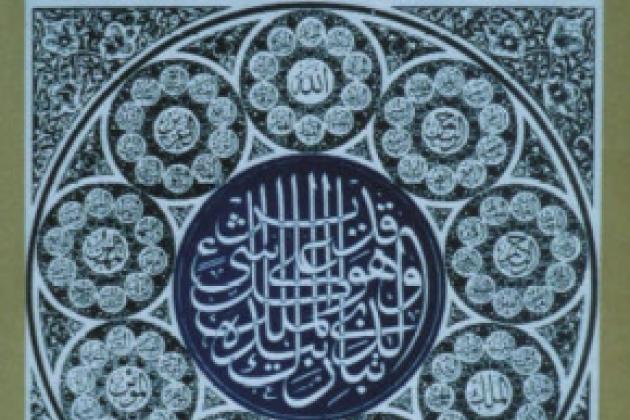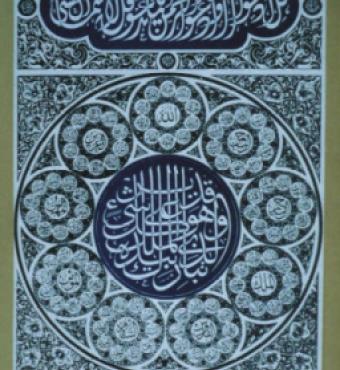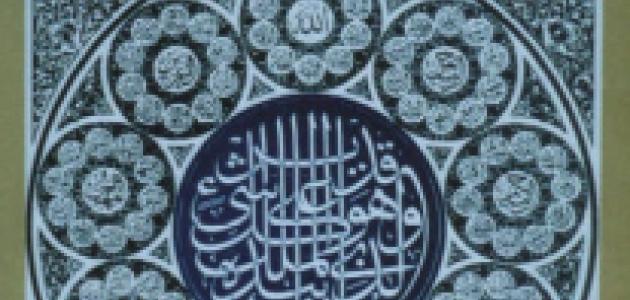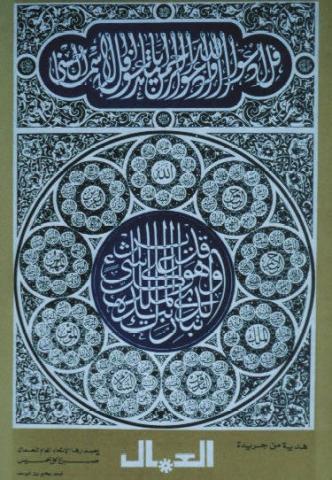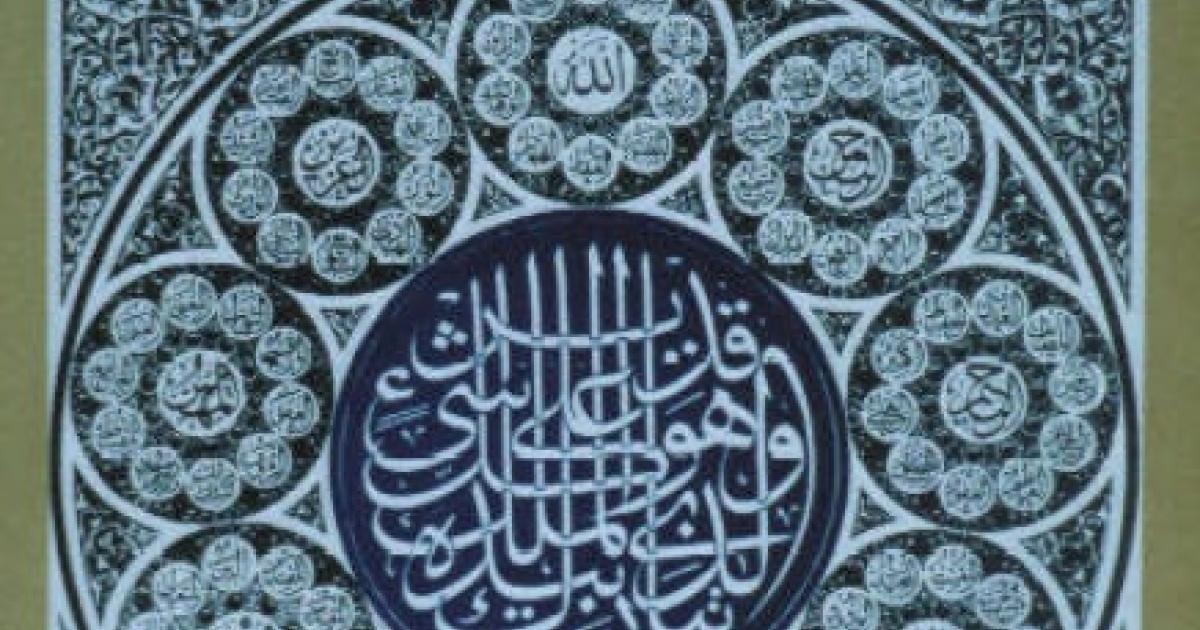- Law & Policy
- Civil Rights & Race
The Italian artist Rosina Mantovani Gutti (1851–1943) sketched the three endearing children. The girl in the middle appears to be patching up a fight between the other two girls, possibly over the necklace worn by the one on the right. At the turn of the century this image was reproduced in England by the Autotype Company of London and given the title The Peacemaker.
Cupids and cherubs have a long tradition in Italian art. Mantovani Gutti, from a family of artists living in Rome, was adept at transforming religious cherubs into secular, narrative art. In turn her portrayal of a heartwarming scene was transformed by the wartime crisis into a warning that appealed to the conscience of every dutiful British parent. Alerted to the financial burden of protecting hearth and home, the British were cajoled by such posters to go to their banks and post offices to purchase war savings certificates. “War loan posters were almost certainly the largest category of posters produced between 1914 and 1919,” according to historian Peter Paret.
The Hoover Institution Archives holds an original color poster of the drawing with the inscription “For Your Children, Buy War Savings Certificates—and they will live to thank you.” During World War I all combatant governments were forced to pay the huge expense of the conflict by issuing war bonds. There was very little pretense that the war bonds were a good investment; rather, the appeal was to basic patriotism and to protecting the home front. Well-worn iconography was recycled and adapted to support the military effort.







